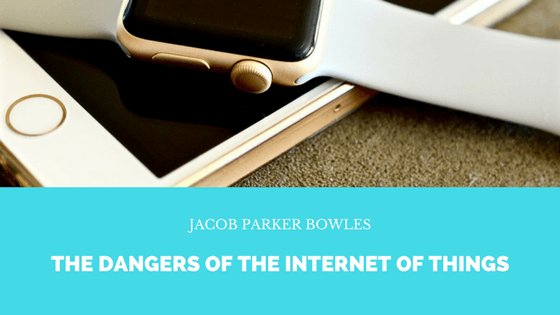It is no secret that our world is dominated by smart technology — from our cell phones and our televisions to even our toasters and frying pans.
At first, these devices were programmed to just recognize and predict our needs based on previous habits. Now, as technology has continued to advance, more and more devices are being designed to operate interconnectedly, providing ease of access and greater convenience to their owners — who can now operate their security systems, thermostats and, yes, even their frying pans from their smartphones. This phenomenon is known as the Internet of Things (IoT).
While the Internet of Things has proven itself to be both fascinating and convenient, it poses many a veiled threat to the overall security of our technological infrastructure. This is because a majority of these devices go unmonitored and unprotected by passwords or other gatekeepers, leaving them susceptible to being hacked, infected by malware, or even turned into a portion of a botnet.
A botnet is an intricate network of hundreds — or even thousands — of devices that are used in malicious Distributed Denial of Service Attacks (DDoS attacks), which are used to shut down websites or other networks by overriding their servers with fake requests. Because these devices come complete with their own IP addresses, it is easy for hackers to employ them in these attacks without being detected.
To make matters worse, such events go unnoticed by the owners of these devices, as their functionality is not impaired by their infection — meaning hackers can gain access to them until they break or their owners decide to throw them away.
However, these dangers are not just limited to websites or other various portions of the internet. As more and more cities adopt smart technologies to aid in managing traffic, promoting renewable energy, and improving citizens’ health, they are unknowingly opening themselves up to technological malfunctions and even vicious viral attacks. At this rate, a simple computer virus could shut down entire portions of cities and their infrastructures.
Thankfully, it is possible to curb the negative consequences of adopting the Internet of Things technologies. However, these strides in cybersecurity must be made before IoT proliferates and becomes an integral part of cities’ operations.
Potential solutions could range from simple — requiring users to set passwords for all of their smart devices prior to using them — to more complex — implementing manual overrides for all systems in the event of a security breach.
Regardless of the methods used, it is crucial that these security measures be implemented sooner rather than later, as our devices are more vulnerable than we would like to believe.

